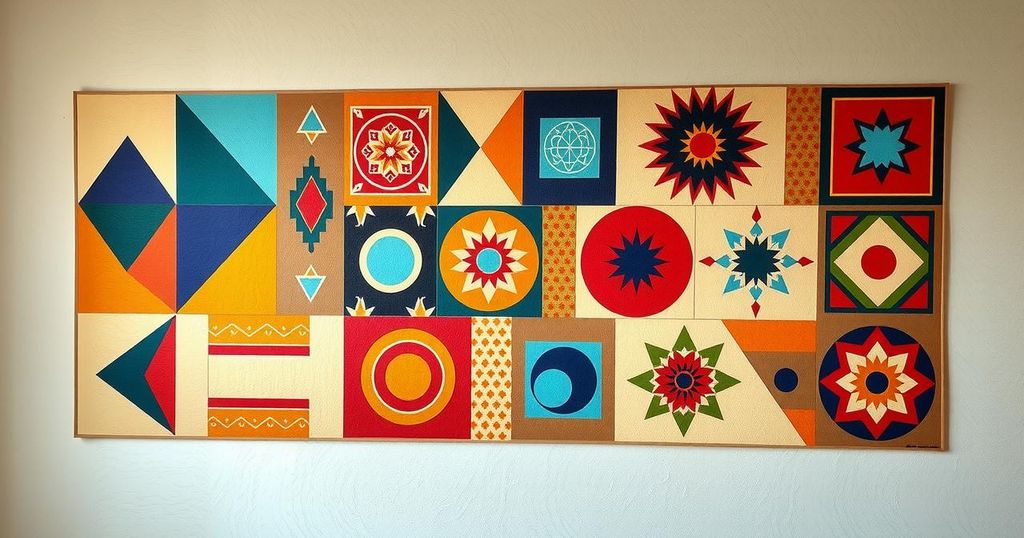The Future of Syria: Balancing Settlements and Community Dynamics
The transition in Syria post-Assadist rule is challenged by skepticism towards the new leadership, Israeli involvement with the Druze community, and violence in coastal regions linked to Iranian-backed entities. A newly proposed constitutional draft stirs debate about political representation. The situation demands inclusivity among all communities to ensure stability and recovery.
A new chapter in Syria has commenced following the end of Assadist rule. However, this transition, despite its initial promise, faces significant challenges stemming from recent events. Observers note the presence of former regime elements attempting to benefit from the situation, while certain factions express skepticism regarding the potential for peaceful coexistence with the current leadership’s interpretation of political Islam.
The interim authorities in Syria, despite their popular backing, occupy power under exceptional circumstances and navigate an ever-shifting military landscape. While they enjoy some regional and international support, it is critical to note that their actions are closely monitored by global actors. An apparent overconfidence among these leaders suggests a disconnect from the realities faced by the Syrian populace.
The rapid alignment between the new Damascene leadership and the Kurdish-led Syrian Democratic Forces (SDF) indicates a shift in U.S. strategy favoring the new regime. The stability in Syria’s territorial integrity suggests a supportive environment for the SDF, while simultaneously encouraging other communities like the Druze to explore similar negotiations with the authorities.
The Druze community, substantial in southern Syria, finds itself amid an Israeli pressure campaign purportedly aimed at assisting them, although many among this demographic remain skeptical. The motivations behind Israel’s involvement suggest longstanding strategies that intertwine with broader geopolitical interests, complicating the settlements sought by various Suwayda activists who favor national unity.
Turning to the coastal regions of Syria, the Alawite-dominated areas face conflicts involving paramilitaries backed by Iran. These developments raise questions regarding Tehran’s understanding of the current dynamics between the new leadership and international stakeholders, particularly the U.S.
Recent violent incidents along the coast, which resulted in widespread casualties, highlight ongoing tensions and international responses. The UN Security Council’s reaction condemned the violence, calling for protection of all Syrians and accountability for perpetrators.
Amidst these tensions, a newly proposed constitutional draft in Damascus has incited considerable debate, primarily concerning how it consolidates power within the presidency and raises apprehensions about political representation. Critics call for a focus on inclusivity and the avoidance of past mistakes, emphasizing the importance of unity and collaboration among all Syrian communities to foster the nation’s recovery.
In summary, Syria’s transition into a new chapter faces multi-faceted challenges involving historical grievances, external influence, and the alignment of various factions. The current leadership must navigate its precarious standing amidst domestic and international scrutiny while fostering inclusivity to prevent marginalization. The implications of recent governance proposals and community dynamics will be critical in shaping Syria’s political landscape moving forward.
Original Source: www.arabnews.com




Post Comment